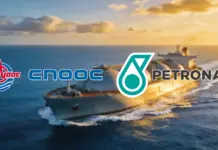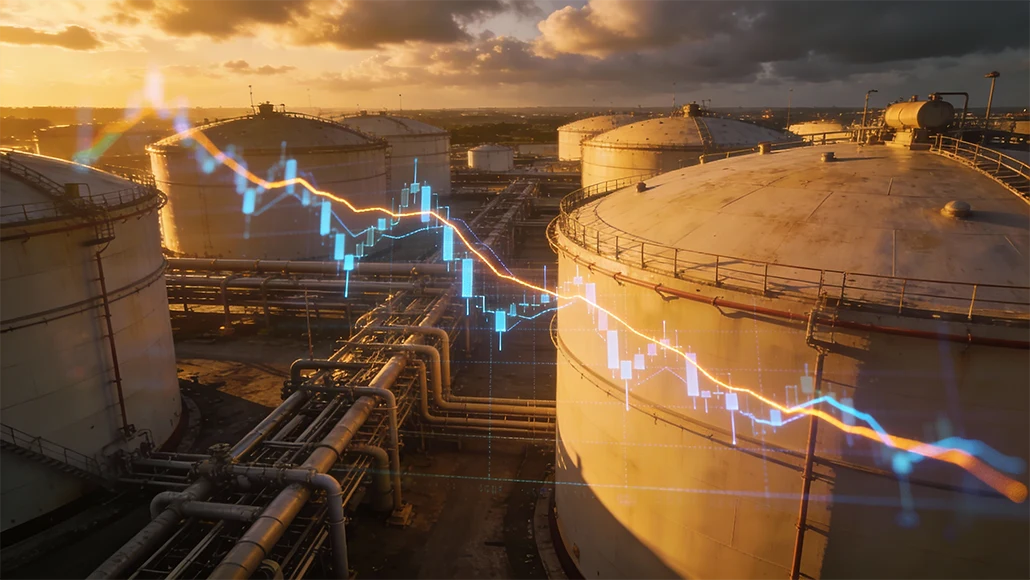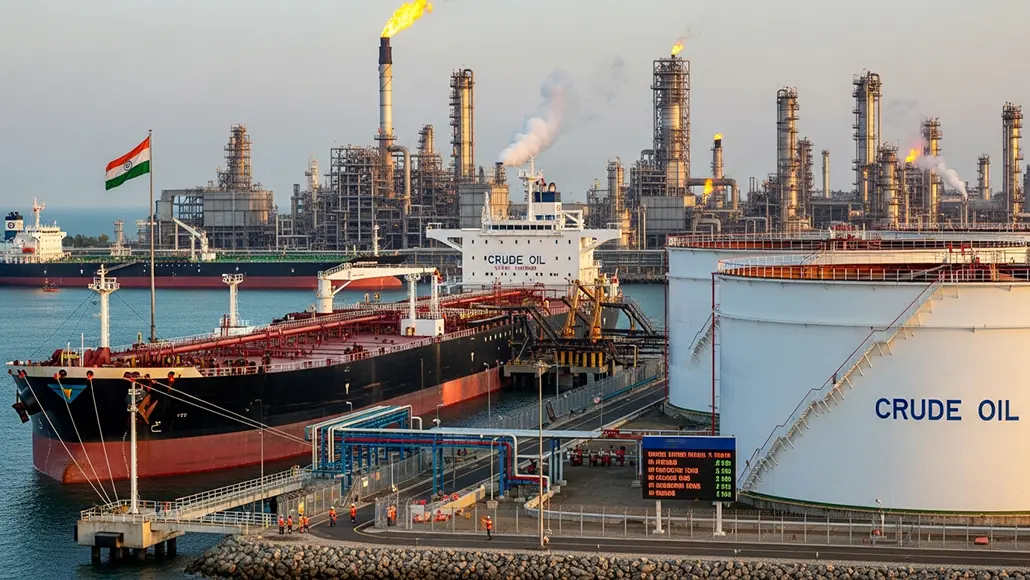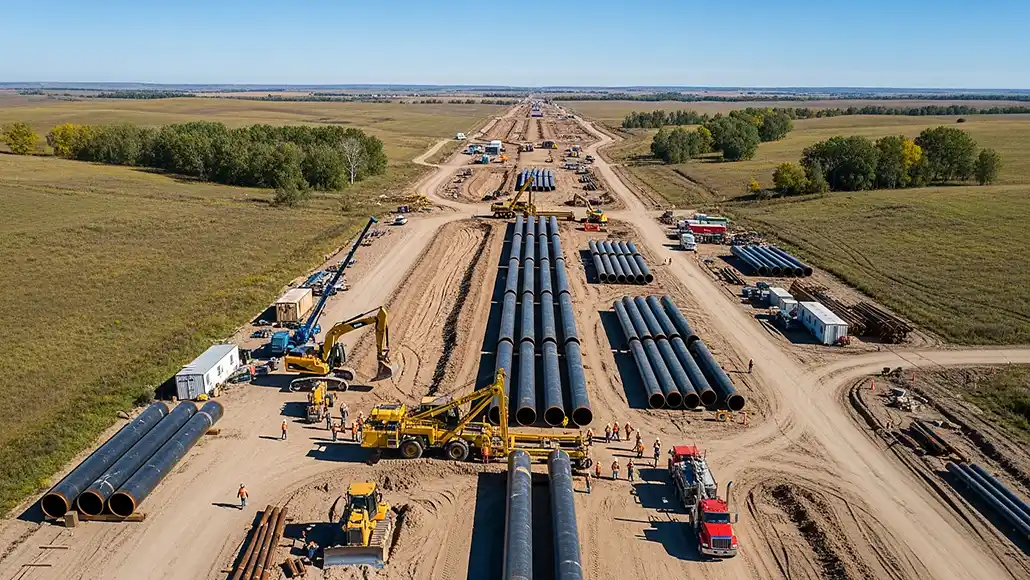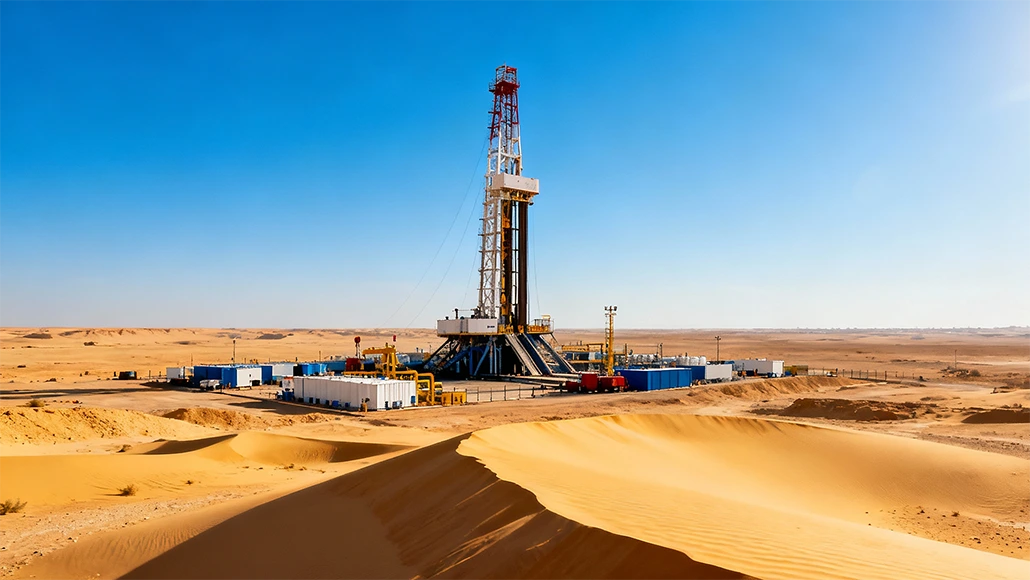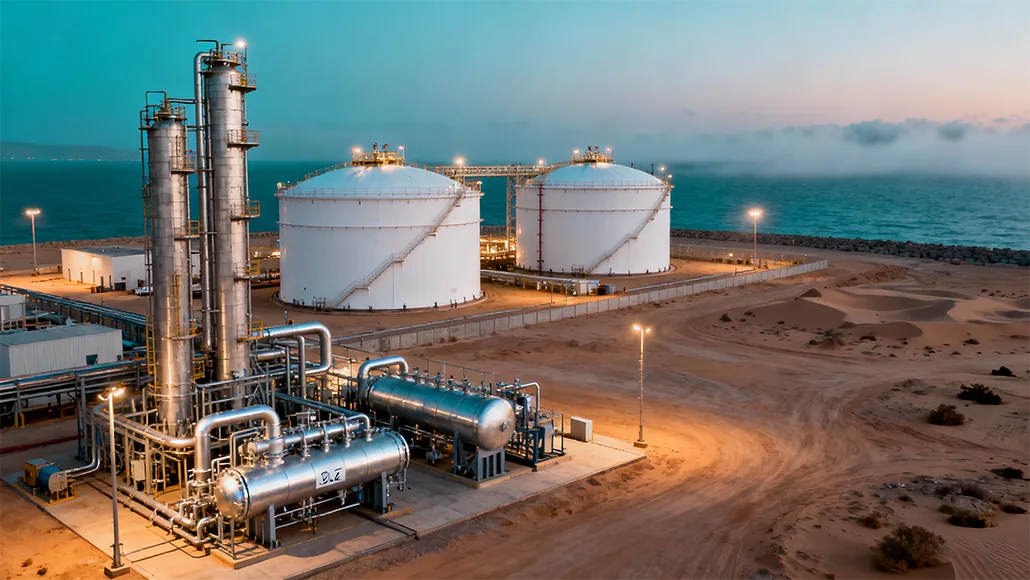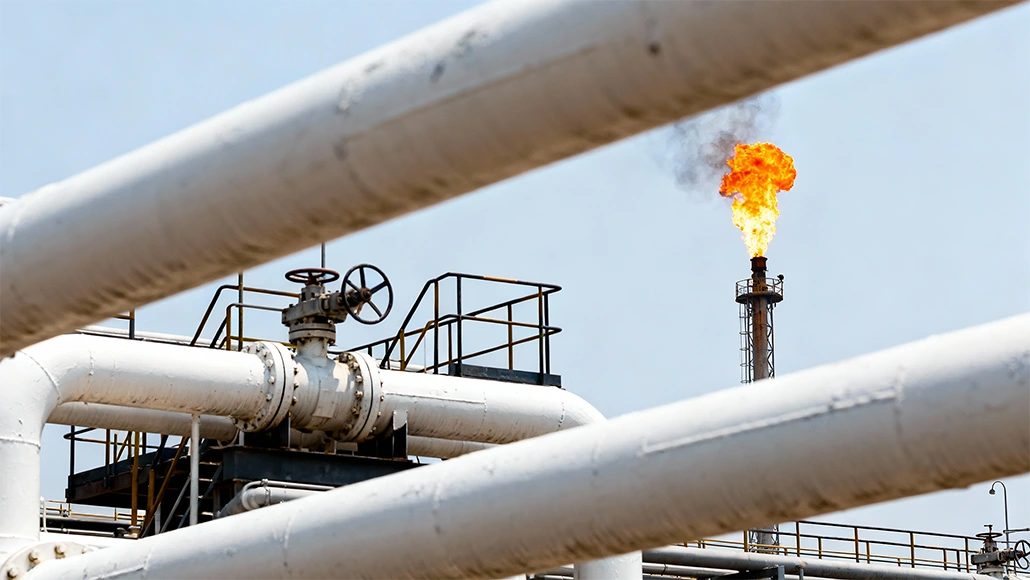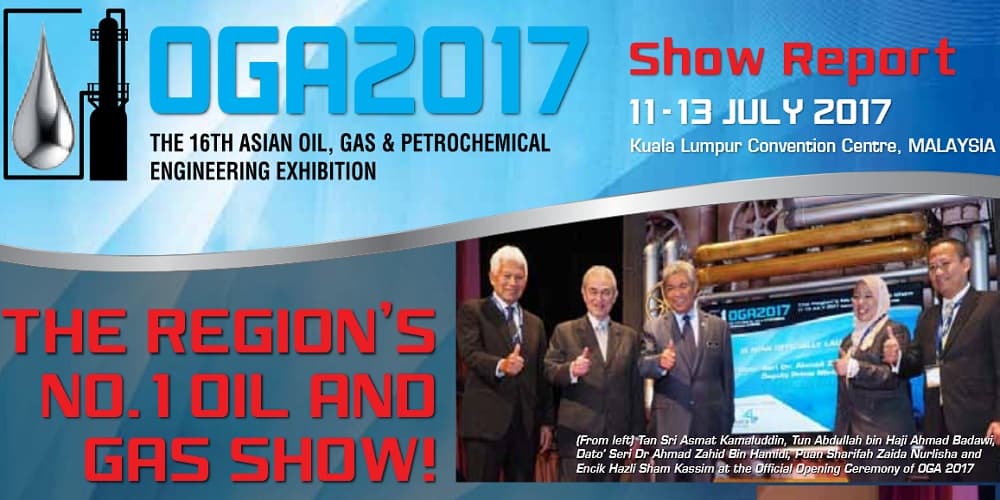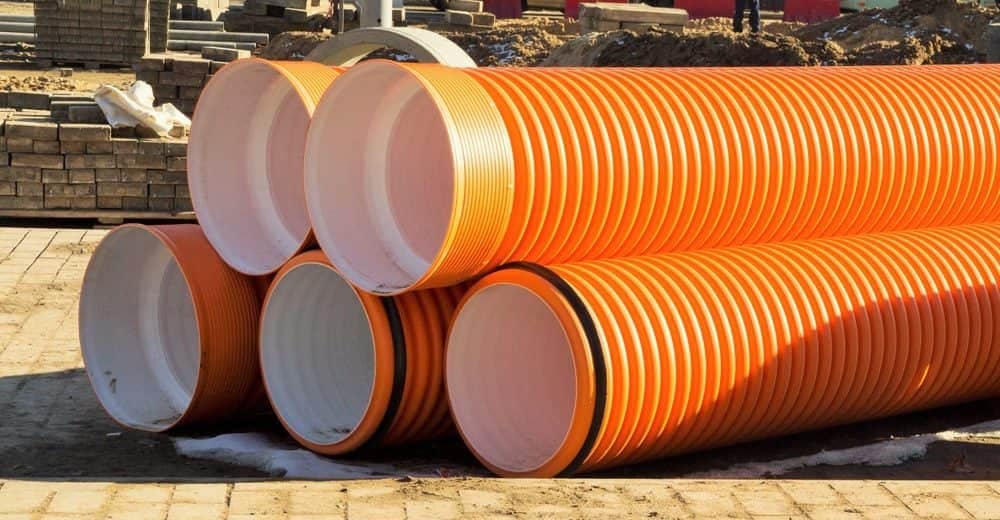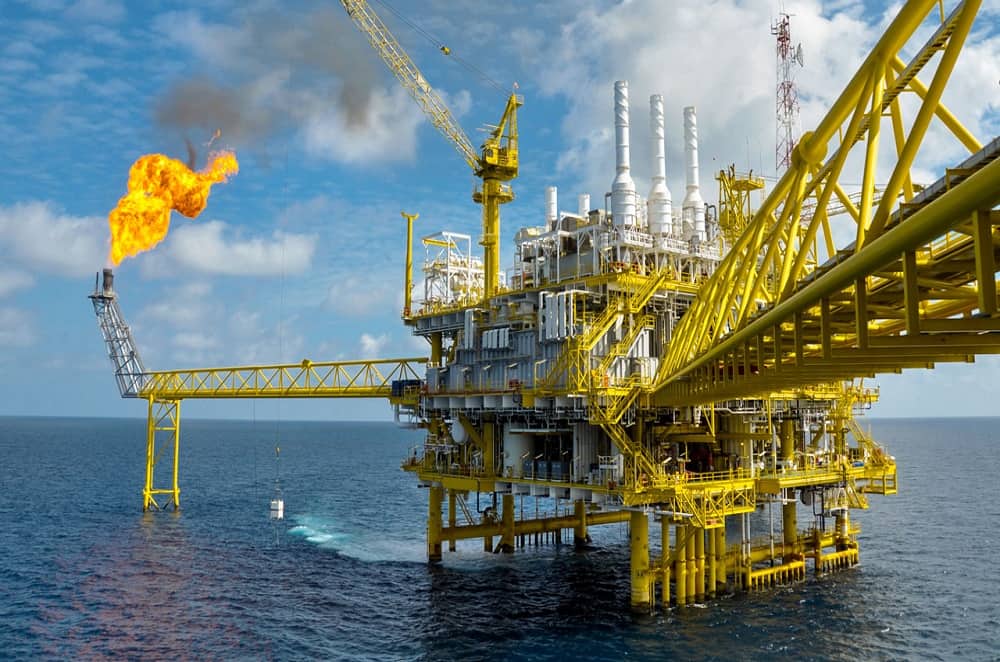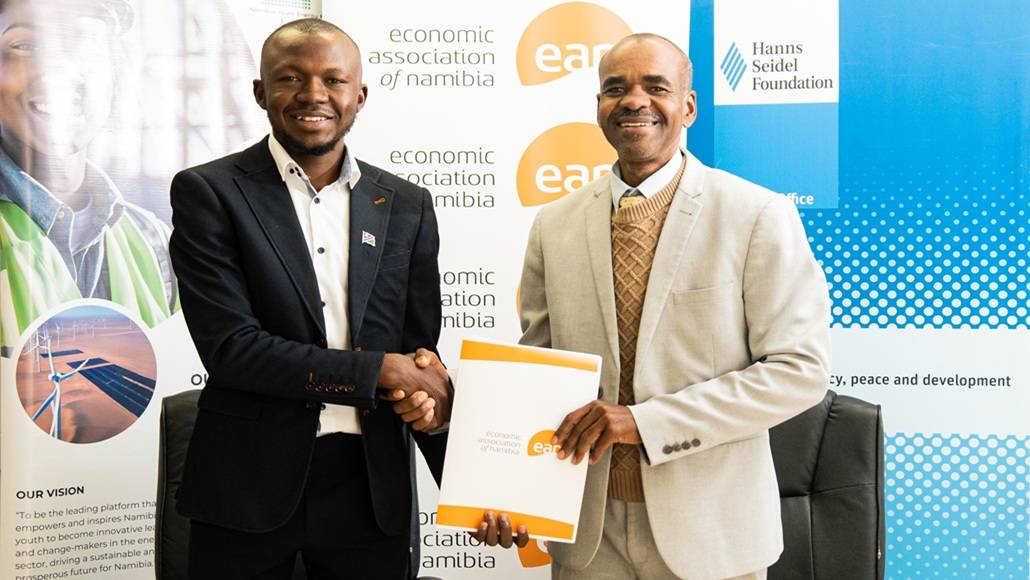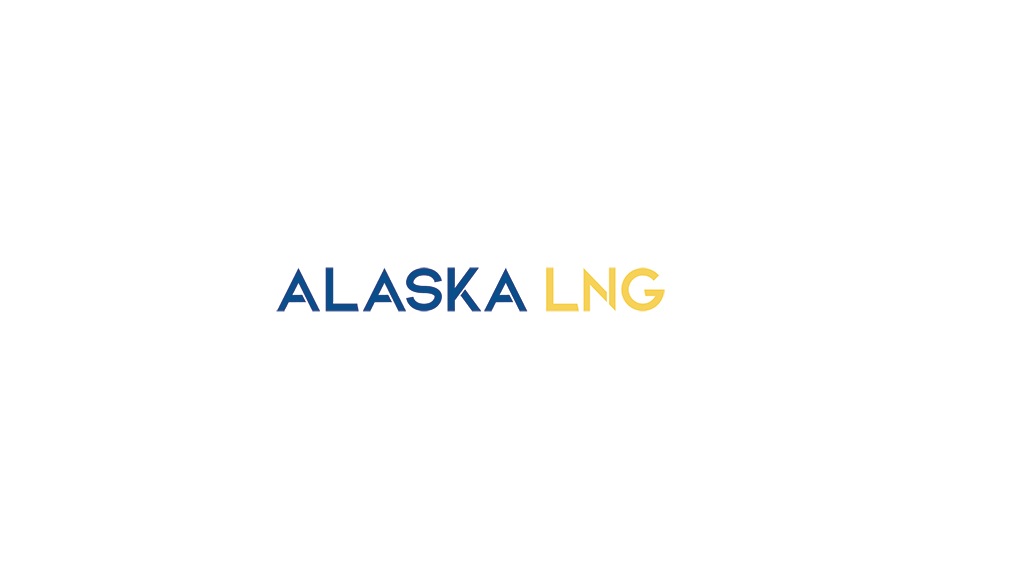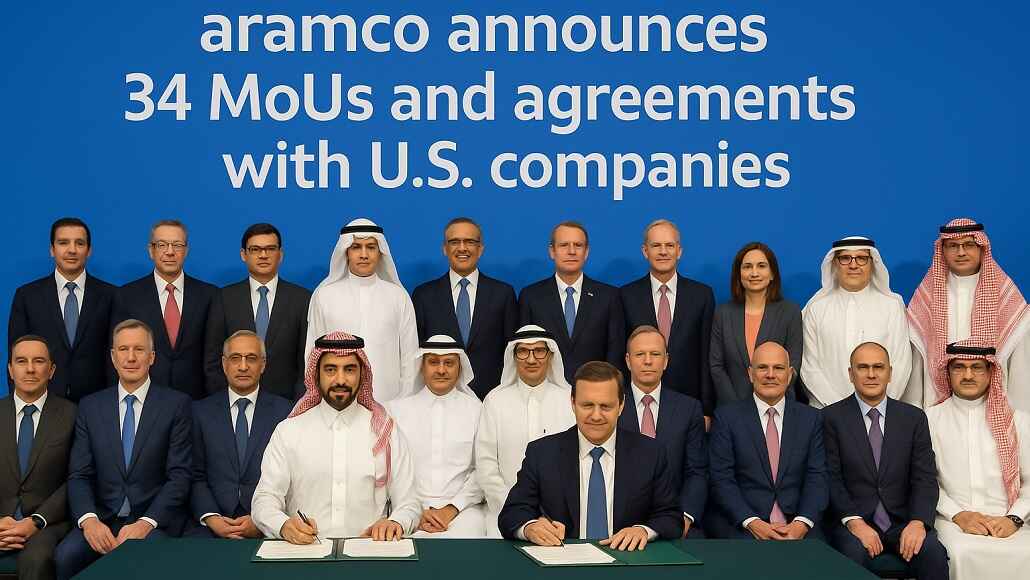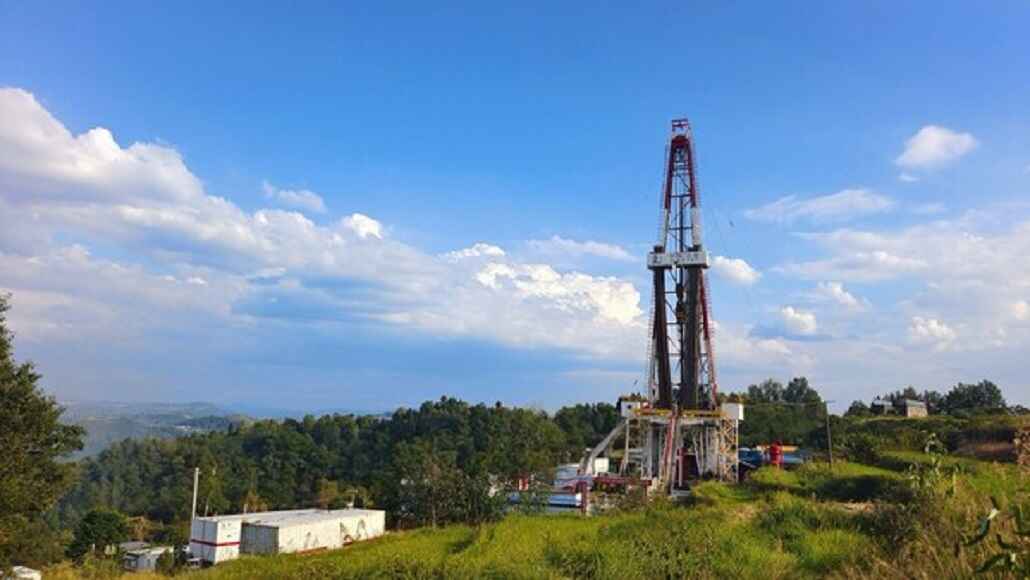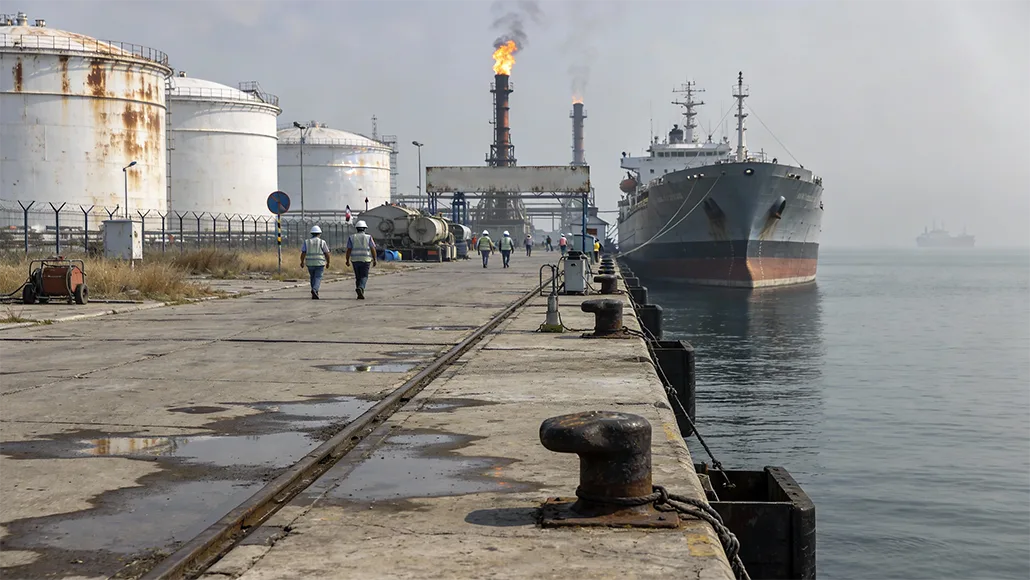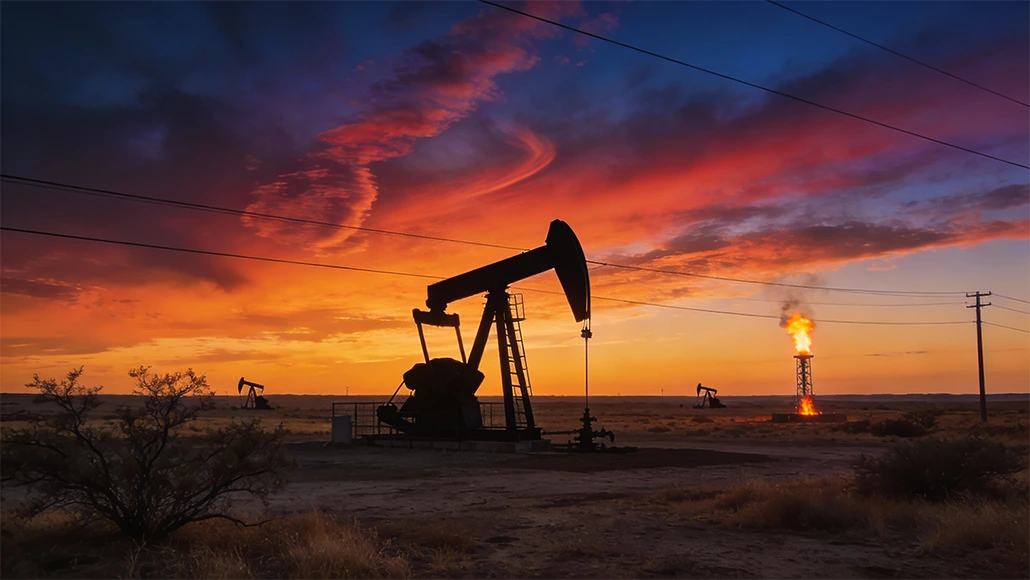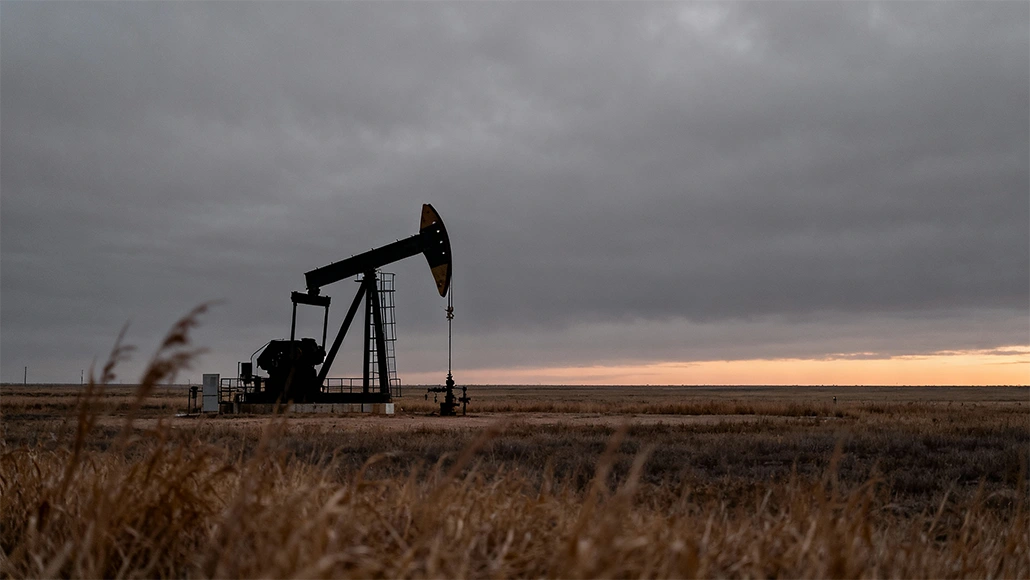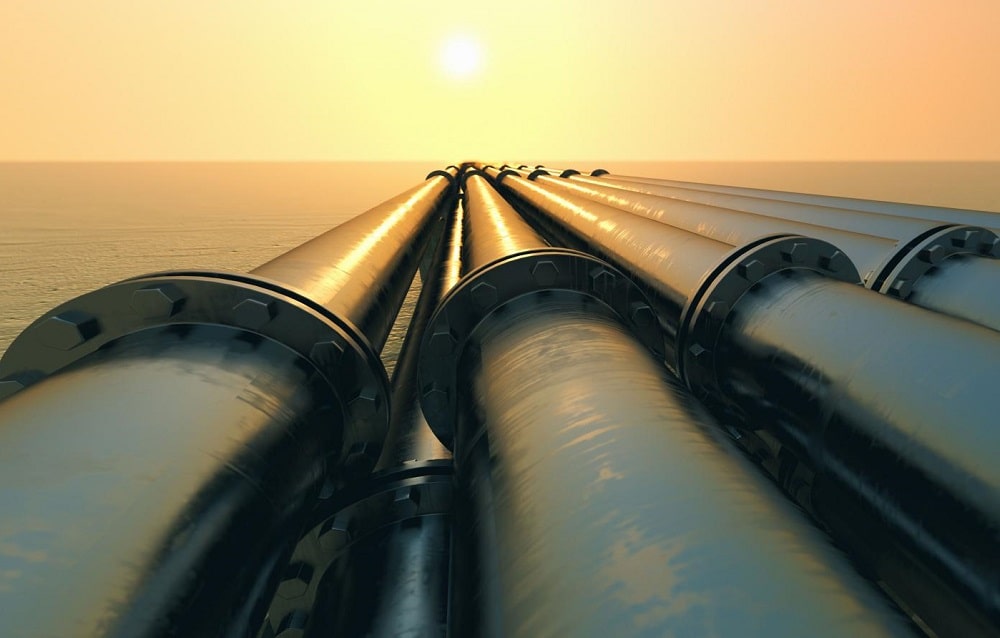China is set to construct an extensive pipeline network to transport hydrogen from its wind and solar energy-rich northern and northwestern regions to the southern and eastern markets. This decision comes in response to the tremendous demand for hydrogen, which is projected to reach 100 million tonnes annually by 2060.
Presently, China’s hydrogen plants are primarily located in the northwest, northeast, and midwest regions, where abundant solar and wind resources are available, and the refining and chemical industries are concentrated. However, to meet the demand in the eastern and southern areas, there is a need to transport hydrogen, whether it is grey or green, to these markets.
China plans to establish a nationwide hydrogen pipeline grid by 2050, spanning 6,000 kilometers and connecting regions such as Ningxia, Inner Mongolia, Hebei, Beijing, Tianjin, and Heilongjiang. This network will provide offering accessibility to hydrogen asset owners and traders as a national hydrogen pipeline network.
Sinopec, one of the major energy companies in China, will construct a pipeline dedicated to transporting green hydrogen from Inner Mongolia to Beijing. This West-East hydrogen pipeline will span 400 kilometers, passing through nine counties and cities across three provinces. The project entails implementing a wind energy-based electrolysis system for hydrogen production, building an onshore wind farm, and establishing an export pipeline. In the initial phase, the pipeline will have a throughput capacity of 100,000 tonnes per annum, which can be expanded to 500,000 tonnes per annum in the future.
In March, PetroChina began the construction of China’s first pipeline dedicated to transporting green hydrogen. This pipeline, stretching six kilometers, will transport green hydrogen produced at the Yumen oilfield in Gansu province. The hydrogen will originate from a power-to-liquids demonstration project that utilizes a PV-electrolysis system to convert solar energy from a 160-megawatt photovoltaic station into hydrogen. Once completed in early next year, the project will have an annual production capacity of 7,000 tonnes of green hydrogen and generate 278-kilowatt hours of electricity per year, contributing to a reduction of 220,000 tonnes per annum in carbon dioxide emissions.
Currently, China has only three hydrogen pipelines, all spanning less than 100 kilometers. In contrast, globally, the majority of the 5,000-kilometre hydrogen pipeline network is controlled by Air Products, Air Liquide, and Linde.



